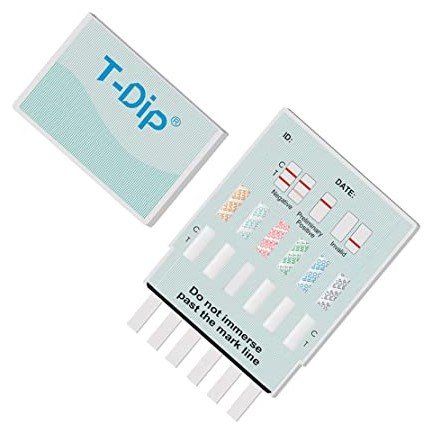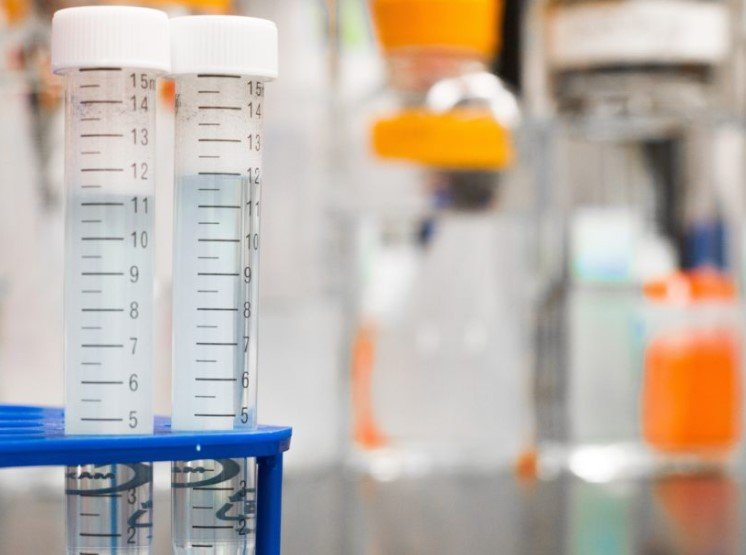Drugs that are typically screened for include cocaine, marijuana, PCP, methamphetamine, opiates, morphine, and heroin. 12-panel urine drug screen tests do not include substances such as caffeine, alcohol, and nicotine.
What is on a 12-Panel drug test and what are the different types of drugs that it can test for?
A 12-panel drug test is a screening method used to detect the presence of twelve common drugs in the body. These drugs are amphetamines, barbiturates, benzodiazepines, cocaine, marijuana, methadone, opiates, phencyclidine (PCP), propoxyphene, methamphetamines, Ecstasy, and alcohol.
The 12-panel drug test is one of the most comprehensive drug tests available, as it tests for the presence of all of these drugs in a single sample. This test is often used in the workplace, by law enforcement, and in drug rehabilitation programs in order to screen for drug use.
The 12-panel drug test works by testing a sample of the individual’s urine, blood, or saliva for the presence of specific metabolites, which are chemical compounds produced by the body when it breaks down drugs. Depending on the type of sample used, the test can detect drugs that have been used in the past week or up to a month. The test results are usually available within a few hours, making it an efficient way to screen for drugs.
The various types of drugs that are tested for by the 12-panel drug test include amphetamines, barbiturates, benzodiazepines, cocaine, marijuana, methadone, opiates, phencyclidine (PCP), propoxyphene, methamphetamines, Ecstasy, and alcohol. Amphetamines are a group of stimulant drugs that increase alertness, energy, and focus. Barbiturates are a type of sedative used to treat anxiety and sleep disorders.
Benzodiazepines are used to relax muscles and help with anxiety. Cocaine is a powerful stimulant that can cause euphoria and increased energy. Marijuana is a psychoactive drug that can cause relaxation and altered perception. Methadone is an opioid medication used to treat pain and addiction. Opiates are drugs derived from the poppy plant that are used to treat pain.
Phencyclidine (PCP) is a dissociative anesthetic that can cause hallucinations and lack of coordination. Propoxyphene is a pain reliever that is often abused. Methamphetamines is a stimulant drug that can cause insomnia, hyperactivity, and paranoia.
Ecstasy is a psychoactive drug that can cause altered perception and euphoria. Finally, alcohol is a depressant drug that can cause impaired judgment and coordination when consumed in large amounts.
How to take a 12-panel drug test and what to expect?
Taking a 12-panel drug test is a relatively easy process, but it can be intimidating if you don’t know what to expect. The first step is to confirm the drug test with the test administrator who will provide you with the necessary paperwork. Depending on the type of test being administered, you may be asked to provide a sample of your urine, saliva, or hair. Once you have provided your sample, the test administrator will typically ask you to wait while the sample is analyzed and tested for the presence of certain drugs.
For a urine sample, the test administrator will use a 12-panel drug test kit to test for the presence of drugs such as amphetamines, cocaine, marijuana, opiates, benzodiazepines, barbiturates, and PCP. The test will typically take between 15 and 20 minutes to complete. If you are found to have a positive result, you may be asked to take a confirmatory drug test.
When the results of your 12-panel drug test are released, you will receive a report detailing which drugs were found to be present in your system. This report will also include information on the levels of each drug detected, as well as any other pertinent details. Depending on the results, you may be asked to undergo further drug testing or face disciplinary action.
Overall, taking a 12-panel drug test is a relatively straightforward process. However, it is important to remain aware of the potential consequences of testing positive for the presence of drugs in your system. If you have any questions or concerns, it is best to speak to the test administrator or your employer for more information and guidance.
What to do if you are 12-panel tested and your test results come back positive for drugs?
If your 12-panel test results come back positive for drugs, it is important to take action right away. First, contact your healthcare provider or the laboratory that provided the test to confirm the results. It is possible there may have been an error or contamination, so it is important to find out more information before taking any further steps.
If the results are confirmed, you should consult a medical professional to discuss the best course of action and to determine if there are any underlying medical conditions or other health concerns that may be contributing to the drug use. You may need to enter a drug rehabilitation program or receive other counseling services to address the underlying issues.
You may also need to take a drug test again in the future to show that you are no longer using drugs. Additionally, it is important, to be honest about your drug use with your healthcare provider or any future employers. This will help ensure that you maintain a healthy lifestyle and that you are not putting yourself in any harm.
How to pass a 12-panel drug test?
Passing a 12-panel drug test requires preparation and knowledge of the testing process. First, make sure you are aware of the drugs that are typically tested, as the 12-panel test will screen for the most commonly used drugs, including amphetamines, cocaine, marijuana, opiates, phencyclidine (PCP), and benzodiazepines.
If you have recently used any of these substances, you should take the necessary steps to detoxify your body in order to pass the test. This can involve drinking plenty of water, exercising, and eating a healthy diet. Additionally, make sure to avoid any drug use for at least a month leading up to the test.
It is also important to be aware of any medications or supplements you are taking, as some of these can cause a false positive on the test. If necessary, you may need to inform the testing facility of any medications you are taking.
Finally, it is important to make sure you are familiar with the testing process and the chain of custody protocol. This includes being aware of what types of samples are collected and how they are tested. Following these steps will help ensure that you pass your 12-panel drug test.
Conclusion – What Is On A 12-Panel Drug Test?
I hope this article has helped you learn more about 12-panel urine drug screen tests and how they work. If you have any questions about the 12-panel urine drug screen test or drug testing in general, please let me know in the comments below. Happy reading!


